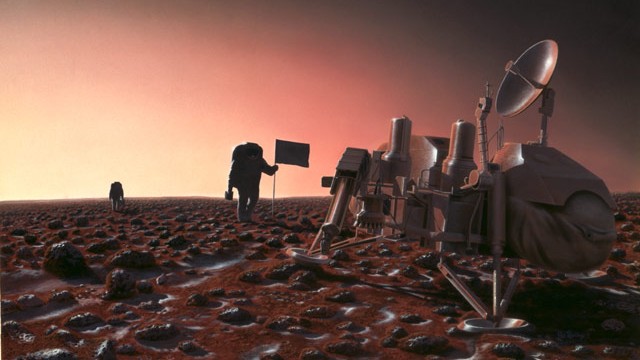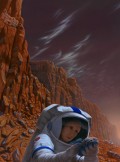
To be successful Mars colonists, future astronauts will need to know both the potential hazard and utility of the soil. Astronauts can use Martian soil to “live off the land” as building material, fuel, or a fertilizer, greatly reducing the cost of a Mars mission, which is one of the biggest barriers to sending humans to the red planet.
One unusual compound that has garnered quite a bit of attention is called perchlorate; it has the potential to be both a blessing and a curse for future explorers.
If you think that you have heard of perchlorate before, it’s probably because perchlorate is a fairly common groundwater contaminant here on Earth, especially in regions of California and other parts of the southwest United States.
A particular type of perchlorate called ammonium perchlorate is used as rocket propellant. If enough ammonium perchlorate finds its way into drinking water from rocket testing, launches or fireworks, it can be detrimental to human health. Excess perchlorate consumption harms the thyroid by preventing the synthesis of hormones that regulate metabolism.
In 2008, scientists on the Phoenix lander team discovered perchlorate on the Martian surface. Last year, perchlorate was confirmed near the landing site of the Curiosity rover. Confirmation of perchlorate over 5,700 kilometers apart indicates that the compound might be found almost everywhere on the surface of Mars.
